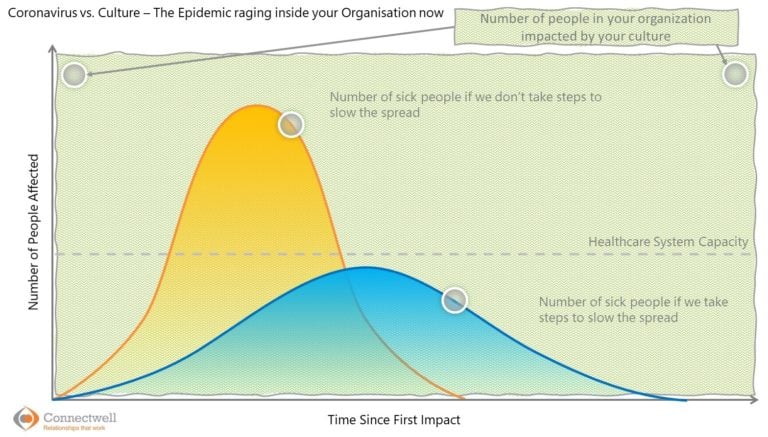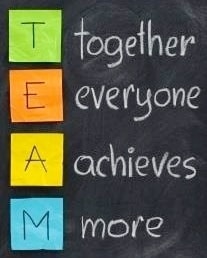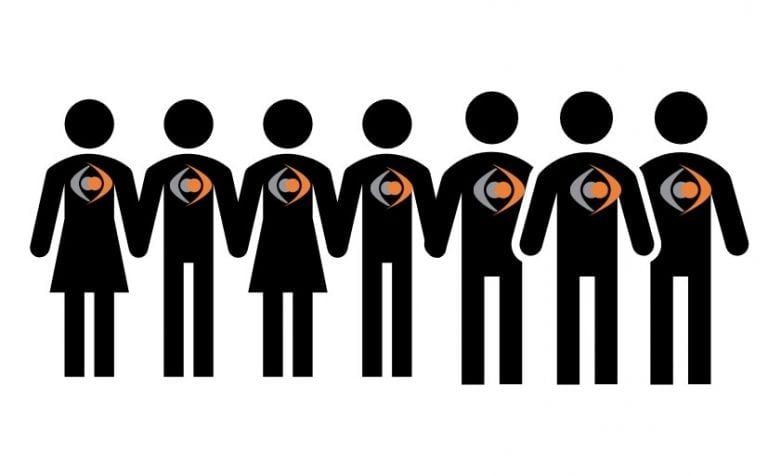Zen and the Art of Change Management
Martin Goodson examines change management
Catching the Change Habits
In our psychologically savvy world most of us have some awareness of strengths and weaknesses but having the knowledge and doing something with that knowledge is quite another matter. As my old teacher used to say Mammals are lazy by nature. I remember when first hearing this I thought she was quite wrong about it. After all, aren’t we all busy doing longer hours, playing harder trying to make sure our lives are fulfilled? It is also true that we are creatures of habit and that extends to how we see ourselves and those around us and our expectations of these things. Changing such a habit, which requires changing attitudes, needs hard work and commitment and here we are very lazy indeed! Just think of our New Year’s resolutions, even for those things that we know in the long term will bring benefits how easy is it to adapt to the change of habit? Considering the number of self-help books for giving up smoking, drinking, losing weight, becoming an effective parent, manager or leader it would seem that the answer is, not easy.
In my own experience one of the major obstacles for people when facing a difficulty is lack of faith in their own inherent capabilities. In Zen we say that everything needed to live this life can be found inside us. But when we look inside what do we see? There are my thoughts, feelings, hopes and fears, my ambitions, my values and so on. This is what I see and thus mistakenly believe that is all there is. In the training environment the teacher quickly gets to know the inner world of the student in particular what he wants and what he believes is essential for his own peace of mind. Gradually the teacher begins to push the student into situations which deny him these things. The perfectionist will not be given enough time to finish the job, the one who must be in control will find he loses the freedom to select his own outcomes and so on. Sooner or later there is a reaction. In Zen we say that everything needed to live this life can be found inside us. But when we look inside what do we see? There are my thoughts, feelings, hopes and fears, my ambitions, my values and so on. This is what I see and thus mistakenly believe that is all there is.
Cutting through Ego Beliefs
I remember the first time I lived in the temple for a month. I have a habit of using humour to ingratiate myself in company. After a while the others stopped laughing at my jokes and very quickly I began to feel paranoid convinced that they had gone off me for some reason. Of course it became obvious that this was all going on in my head only and that the motivation for the use of humour was not for fun, as I believed; but to cover over my insecurity when in a new group. The point is, when our desires and wishes are thwarted a feeling of inferiority comes up. This may result in feeling inadequate or in an angry outburst or both at different times. It is precisely in this place that we discover exactly what the ego beliefs really are and then we can examine them to see if they are true – reality test them. Over time we discover that I am made up in large part of self-beliefs about ‘me’. Such things as “I can do this, I can’t do that? This makes me happy, I’d never be able to do that..” the list goes on. We are trapped by these beliefs because that is all we see when we look inside and so it defines our inner world. By being pushed beyond what I believe is possible a new world with new capabilities opens up.
There is a story of a young swordsman who wanted to be apprenticed to a great teacher. He was sent to work in the kitchen and for months he received no training in how to use the sword. One day he complained to his teacher about this but was rebuffed and sent back to the kitchen. The next day the teacher crept up behind him and with a stick delivered a blow to the young man and then ran away. This now happened every day and sometimes two or three times a day. It wasn’t long before the young man developed an almost sixth sense which alerted him to someone creeping up behind him and made him resourceful in using pots, pans, anything to hand to counter the attack. After a while the teacher called him and said “Now you have that sense that every swordsman needs you can start on the technicalities”.
For effective change it is imperative that the student is in the right attitude before the ‘technicalities’ are given. In this example the teacher increased his aspiration through denial of what he wanted thus making it acute and conscious in the student; then he took direct action to develop the necessary sense awareness by putting him in situations where he had to learn to rely on it. Only then was he prepared to impart to him the knowledge and fine tuning necessary to turn him into a good swordsman.
The skill here is for the leader to look to the circumstances for the opportunities to bring about change within individuals and for that to happen the leader also must have the experience of the process within him or herself.







